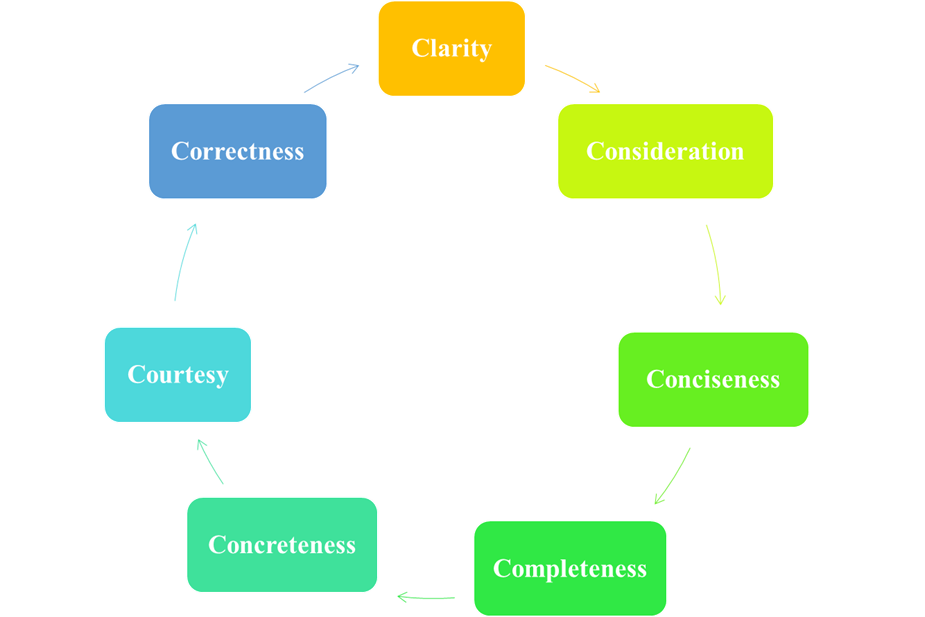The 7 C’s of Communication: Mastering the Art of Clear Messaging
In a world where every message counts—whether in emails, meetings, presentations, or social media posts—effective communication is a superpower. And at the heart of that superpower? The 7 C’s of Communication. These seven principles help ensure your message is understood exactly as you intended. Whether you're leading a team, building a brand, or just trying to avoid awkward misunderstandings, these C's are your guide.
Shital Bora Padgelwar
4/17/20251 min read


The 7 C’s of Communication: A Guide to Impactful Messaging
Effective communication is more than just conveying information—it's about ensuring your message is received and understood the way you intended. The 7 C’s of Communication serve as a timeless checklist for improving clarity, engagement, and professionalism in any form of communication.
1. Clarity
Clarity means being clear about your message. Avoid jargon or complex language unless your audience understands it. A clear message leaves no room for confusion.
Example:
Instead of saying, “We need to optimize our resource allocation,” say, “We need to use our staff and budget more efficiently.”
2. Consideration
Keep your audience in mind. What are their needs, interests, and emotions? Tailoring your message to them shows empathy and makes your communication more effective.
Example:
When announcing a change, focus on how it benefits the audience—not just the company.
3. Conciseness
Time is precious. Say what you mean in as few words as possible—without sacrificing clarity. No errors. Just the essentials.
Example:
Long: “Due to the fact that…”
Concise: “Because…”
4. Completeness
Make sure your message includes all necessary information. Anticipate questions and answer them before they’re asked.
Checklist:
• Who?
• What?
• When?
• Where?
• Why?
• How?
5. Concreteness
Be specific. Use facts, figures, and real-life examples when possible. A concrete message is easier to remember and more persuasive.
Example:
Instead of “We had a good quarter,” say, “Revenue grew by 12% in Q1.”
6. Courtesy
Politeness goes a long way. Even if the message is tough, delivering it with respect and positivity maintains relationships.
Example:
Instead of “You didn’t follow the instructions,” say, “Let’s review the steps to make sure we’re on the same page.”
7. Correctness
Use correct grammar, spelling, and facts. Mistakes can hurt credibility and cause misinterpretation.
Tip:
Always proofread or use tools like Grammarly to catch errors before hitting "send."
Final Thought
Mastering the 7 C’s of Communication is like having a personal guide to speaking and writing more effectively. Whether you're crafting an email, giving feedback, or leading a project—keeping these principles in mind can make your message land with impact and intent.
© 2025 AIMs - An Identity of Myself. All Rights Reserved.
Website Designed by Aditya Rajbhar
+91 72194 07665
